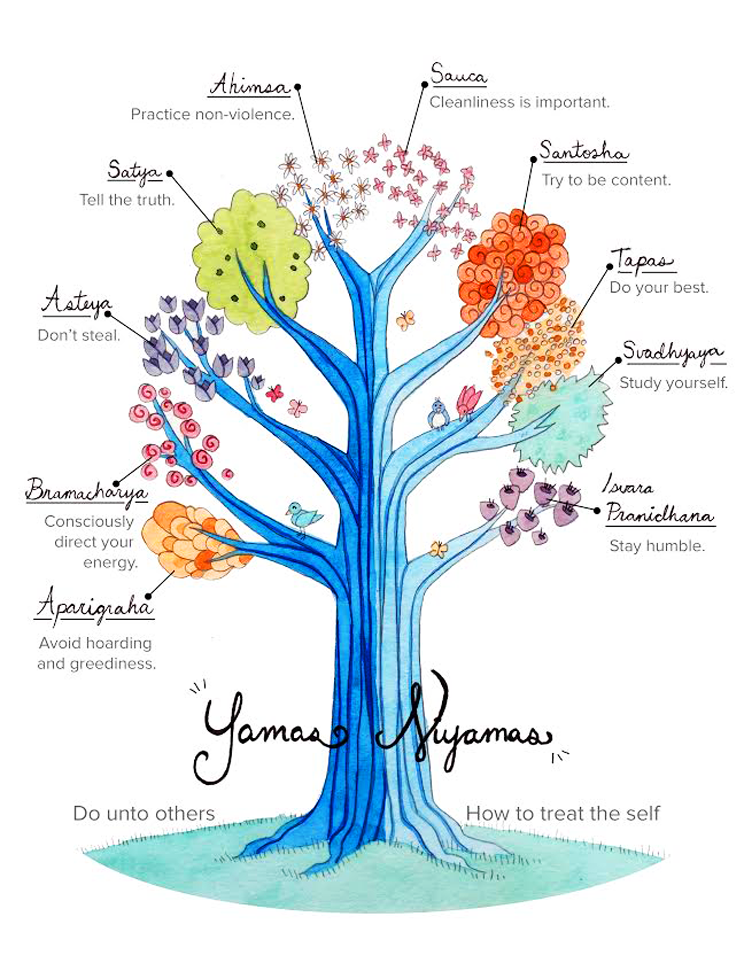
One of the most important poses to practice for lowering blood pressure is the shins down pose. This yoga pose involves lifting the pelvis and spinal column to create a bridge-like position. The legs are then lowered to the ground. This will result in a relaxed body. This yoga pose can reduce anxiety and stress. It also has other health benefits. It increases the flow of blood to the brain. It regulates heart beat and lowers blood pressure.
It is also beneficial for your cardiovascular health to practice yoga to lower blood pressure. People who don’t know how relax can lead to high blood pressure. It’s important to learn this skill. Savasana, the last posture in a yoga class is meant to help people find calm and relaxation. This can lower stress levels and increase heart beat. The more you practice yoga, the more you'll benefit.

It is a great way of lowering blood pressure. This pose helps alleviate stress and improves circulation. It's also easy to do, and you don't need special equipment. The child position is best practiced with a full stomach. Be sure to pay attention to your breathing while performing each posture. Each set should consist of three sets. Hold each position for at least 30 seconds. Repeat the exercise three times.
High blood pressure can be lowered with many different yoga poses. These poses are great for hypertension and calm the mind. They can help reduce hypertension by relaxing the muscles and calmening your mind. A yogic exercise can help lower blood pressure. So, start your yoga practice today! These poses can also be done every day to help you feel better.
The child's pose is one of my favorite yoga poses to reduce blood pressure. This pose calms and releases stress. This forward-bending pose increases circulation to the internal organs, and decreases blood pressure. While forward bending, make sure your forehead is in contact with the floor. By doing this, you'll avoid feeling fatigued or dizzy. This yoga pose will help lower your blood pressure if it is high.

Yoga sessions typically include breathing exercises, meditation, and poses. However, the most important part of a yoga session is the breathing. Regular yoga practice can lead to a 10 point drop in blood pressure. For high-pressure patients, this should be done at least twice a day for 15 minutes. It should be repeated at most three times per day. Regular yoga practice can help to lose weight.
FAQ
What is Positive Psychology and Why Is It Important?
Positive psychology focuses on what makes us feel better about ourselves, such as happiness, optimism, gratitude, hope, love, kindness, compassion, forgiveness, courage, humility, curiosity, empathy, spirituality, and meaning. Positive psychology seeks to make individuals happier, healthier and more intelligent through self-improvement.
There are two types if positive psychology: trait-positive psychology and process-positive psychology. Trait positive psychology studies how people naturally tend to behave. Process positive psychology studies how we can use certain strategies to achieve specific goals.
How can you improve your wellbeing?
Wellbeing is defined as "the state of physical, mental, spiritual, and social well-being". There are many factors that affect our well being, including work, family, health, relationships and finances. Your first step to bettering your well-being, is to identify the areas in your life that require improvement. Then, you can work to make these changes.
Here are five ways to improve your well-being:
-
Exercise - This increases endorphin levels, which makes us happier.
-
Sleep - More than 6 hours sleep per night can reduce stress and anxiety.
-
Nutrition - Eating healthy foods (such as fruits and vegetables) will boost your mood.
-
Meditation - Regular meditation helps to reduce stress and anxiety.
-
Socialization - It is important to spend quality time with our family and friends.
Why is mental health so important?
Everyone's mental health is important. Mental health is vital for anyone. So, it is essential to maintain a healthy mind.
When our minds aren't in the best place, our bodies start to show signs and symptoms of stress. This could lead to physical problems such as headaches, stomach aches, backaches, and more. We must take care of ourselves to keep our minds and bodies balanced.
Why is it important that students have a healthy mind?
Mental health is essential for students as they must be able to concentrate on school while also being able to learn well academically. You won't perform well at school if you don't feel like yourself. Students with depression tend to skip class, which can lead students to have poor grades. This can lead to dropping out from high school or college.
Talk to your teachers or parents if you are struggling with depression. They can help get you the care you deserve.
Not everyone with depression requires medication. Talk therapy is very effective for many people. If you are interested in getting help, you should see a counselor.
What are the 5 ways you can improve your mental and emotional health?
-
Exercise - This improves brain function, and boosts energy levels.
-
Sleep – A lot of sleep is good for stress and anxiety.
-
Nutrition – Healthy foods like fruits and vegetables can help you stay strong and energized.
-
Meditation – Regular meditation can reduce stress and anxiety.
-
Socialization - Spending quality time with family and friends keeps us happy.
Is mental health as important as work?
Mental health is extremely important for everyone, especially when we are working. Try to find a way to unwind after work if you feel stressed.
Talk to your supervisor or boss if stress is a problem. They might be able suggest ways to reduce stress.
You should also take care of your physical well-being as well. Eat well, exercise and get enough sleep are all important.
Statistics
- Similarly, for positive mental health, there is likely to be substantial agreement about some typical components (e.g., resilience to stress) 6, and controversy about more atypical components (e.g., career consolidation). (ncbi.nlm.nih.gov)
- Appropriate nutrition and exercise are likely among the most efficacious and cost-effective positive mental health interventions. (ncbi.nlm.nih.gov)
- More than 40 million adults in the United States have an anxiety disorder, but less than 37% of people seek mental health treatment for their symptoms. (talkspace.com)
- In any given year, an estimated 18.1% (43.6 million) of U.S. adults ages 18 years or older suffered from any mental illness, and 4.2% (9.8 million) (healthypeople.gov)
- More than 50% will be diagnosed with a mental illness or disorder at some point in their lifetime.3 (cdc.gov)
External Links
How To
How to Handle Stress
Stress is part of everyday life. But, when we feel stressed we want to find ways that we can relax and relieve our tension. Stress can have a negative impact on every part of your life. It can cause physical problems such as headaches, neck pain, back pain, stomach aches, heartburn, diarrhea, constipation, insomnia, depression, anxiety, and muscle spasms. You may even develop ulcers if you're under chronic stress.
There are many ways you can reduce stress. Exercise releases endorphins that make you happy, relaxed and calm. Meditation reduces stress levels by helping you slow down and take deep breaths. Yoga is another great way of reducing stress and improving overall health.
Learning how to manage stress and eliminating it completely is the best way to manage it. Ask someone who knows what to do if you are unsure.